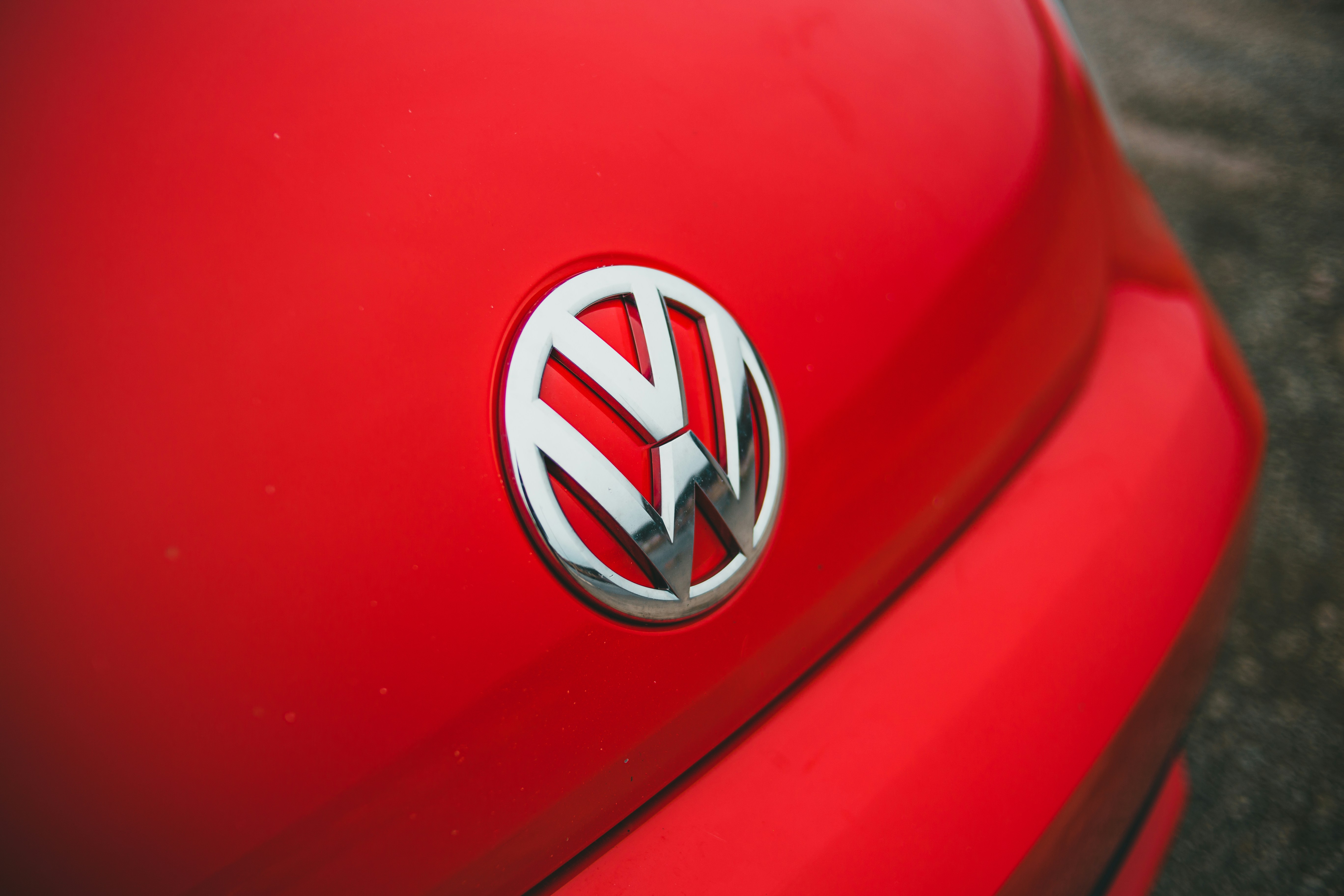7 Apple designs that were way ahead of their time
Success or failure, these innovative Apple designs were the envy of tech lovers the world over.
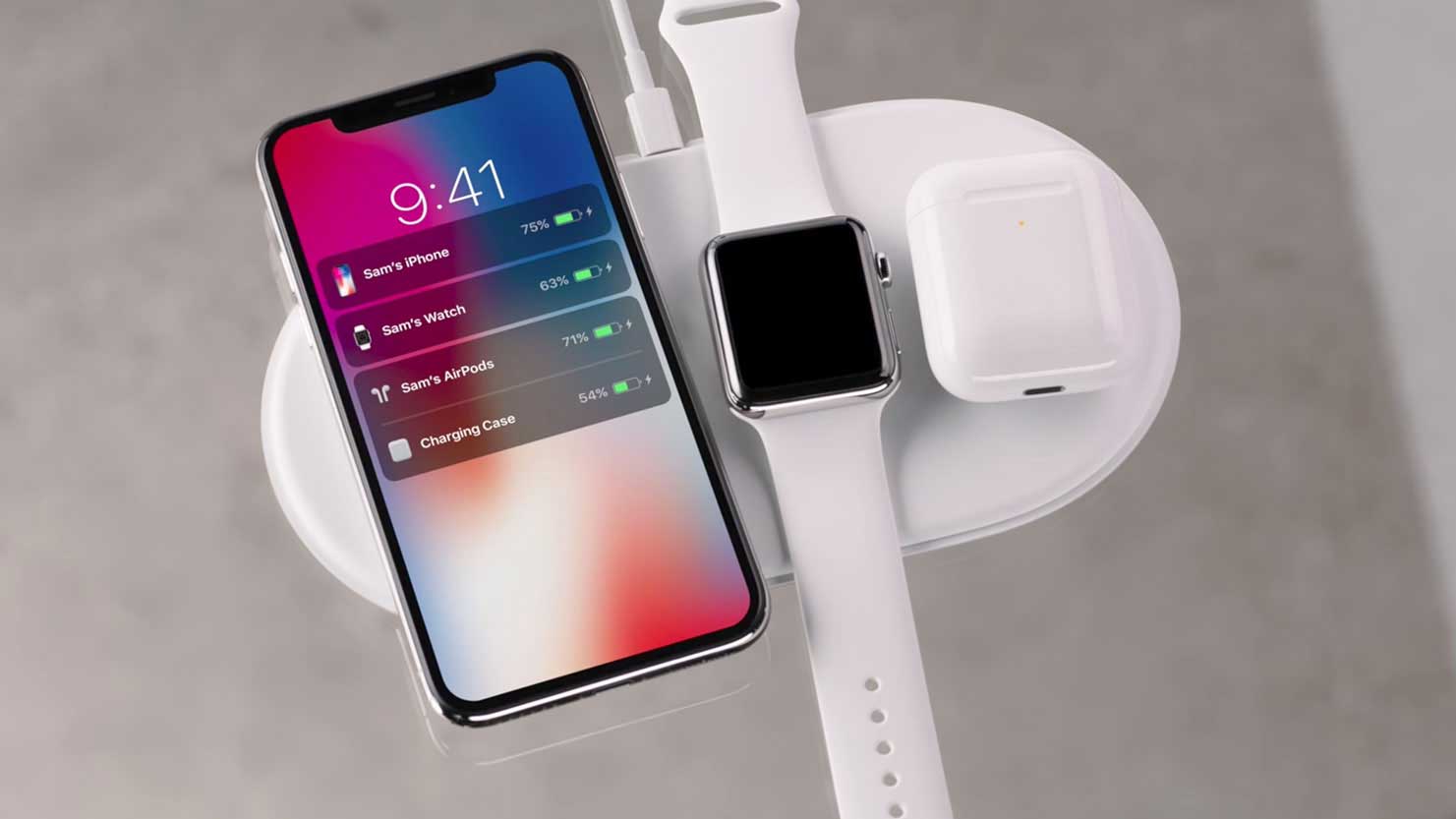
Apple designs are famous the world over for their premium aesthetic and stylish minimalism. But just as often it’s what an Apple product does that makes it so good. That isn’t something new, and Apple has a long history of being ahead of the curve.
Whether you’re after the best Apple deals or are wanting to take advantage of some Amazon Prime Day Apple deals, you know the Apple kit you buy will be stuffed with innovations.
Here, we want to look at seven of the best Apple products, each of which was way ahead of its time. Some were successful, others flopped, but each one was forward-thinking for its era.
01. Newton MessagePad
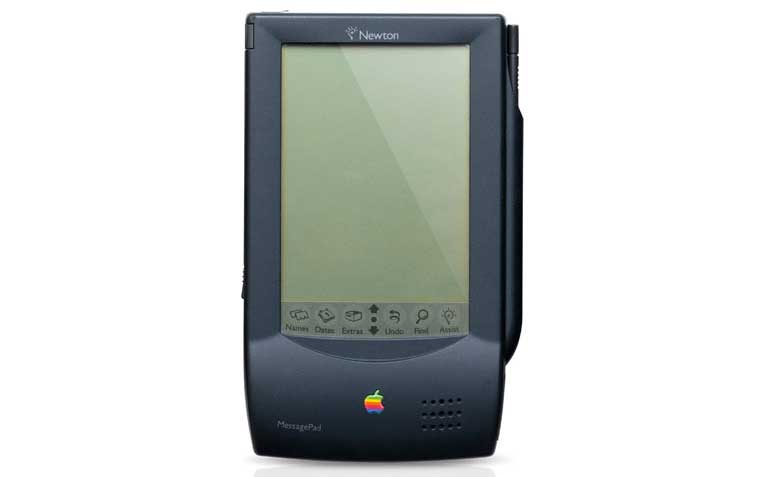
Whenever you see discussion of famous Apple flops, the Newton MessagePad is near the top of the list. But don’t get it wrong – the Newton did not fail because it was a terrible product, but because it was way ahead of its time.
The idea of the Newton was that it was what Apple CEO John Sculley called a "personal digital assistant" that would let you manage your calendar, make notes, store contacts, and more. It came with a handwriting-recognition system and was considered revolutionary at the time.
The problem was that the technology just wasn’t ready. It came before the internet, before email, and long before handwriting recognition was viable (see how handwriting works on the iPad now). As far as Apple designs go, it was a superb idea, but never stood a chance of succeeding.
02. iPhone (2007)
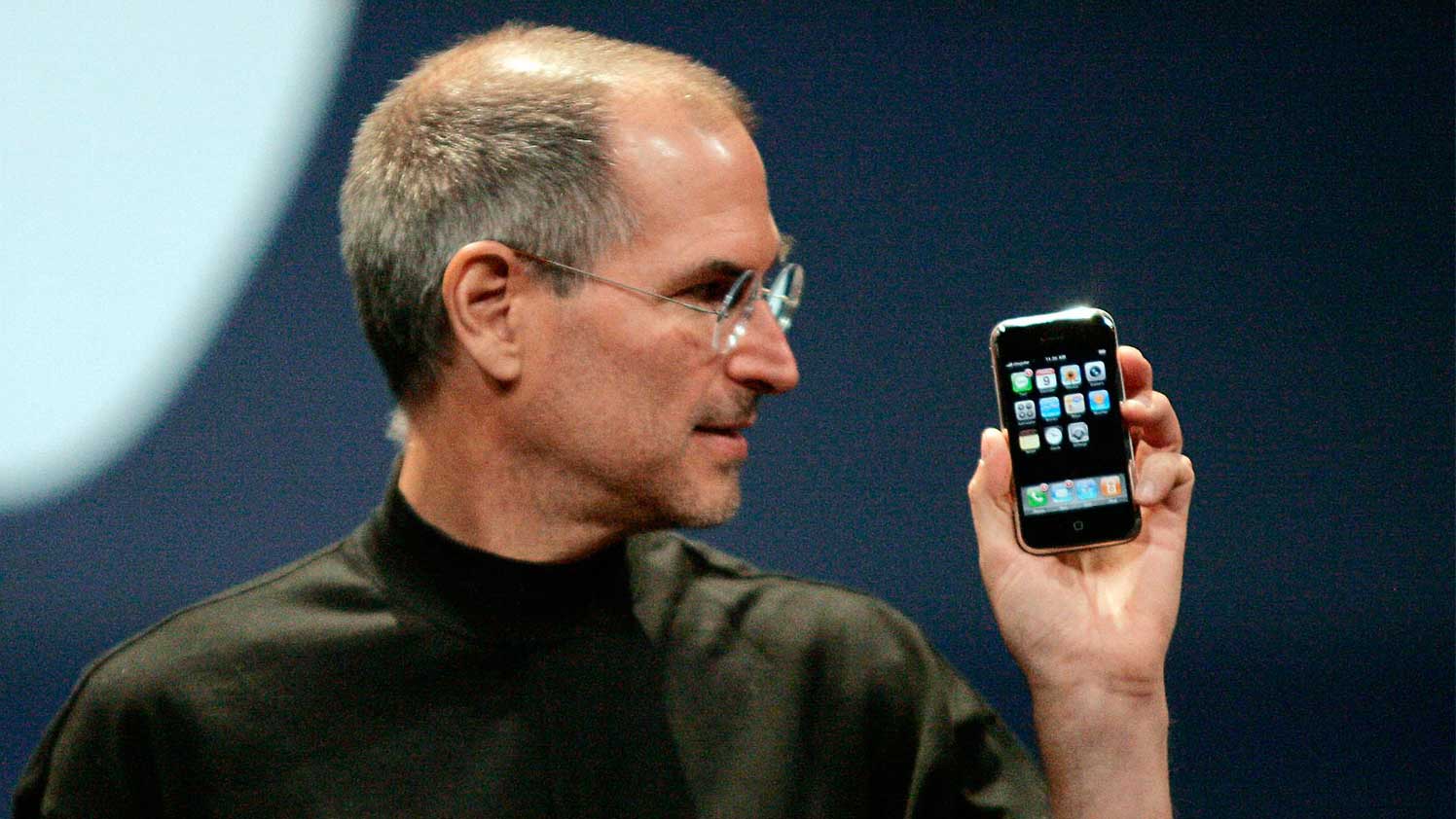
There is a great story about the original iPhone’s 2007 launch and how Google reacted to it. Apple’s rival was working on its own phone but was so stunned by what Steve Jobs unveiled that it had to completely start over. “Holy crap,” said Andy Rubin, then director of Google’s Android team. “I guess we’re not going to ship that phone.”
Get the Creative Bloq Newsletter
Daily design news, reviews, how-tos and more, as picked by the editors.
While its competitors were stuck in the era of unchangeable hardware keyboards, Apple made the keyboard entirely software-based. That enabled it to hide when not needed, opening up the possibilities for what could be done and allowing the phone to be all-screen. As Steve Jobs said at the device’s launch, “iPhone is a revolutionary and magical product that is literally five years ahead of any other mobile phone.” He wasn’t wrong. (See our iPhone 12 deals if you want the latest and greatest model).
03. AirPower (2017)
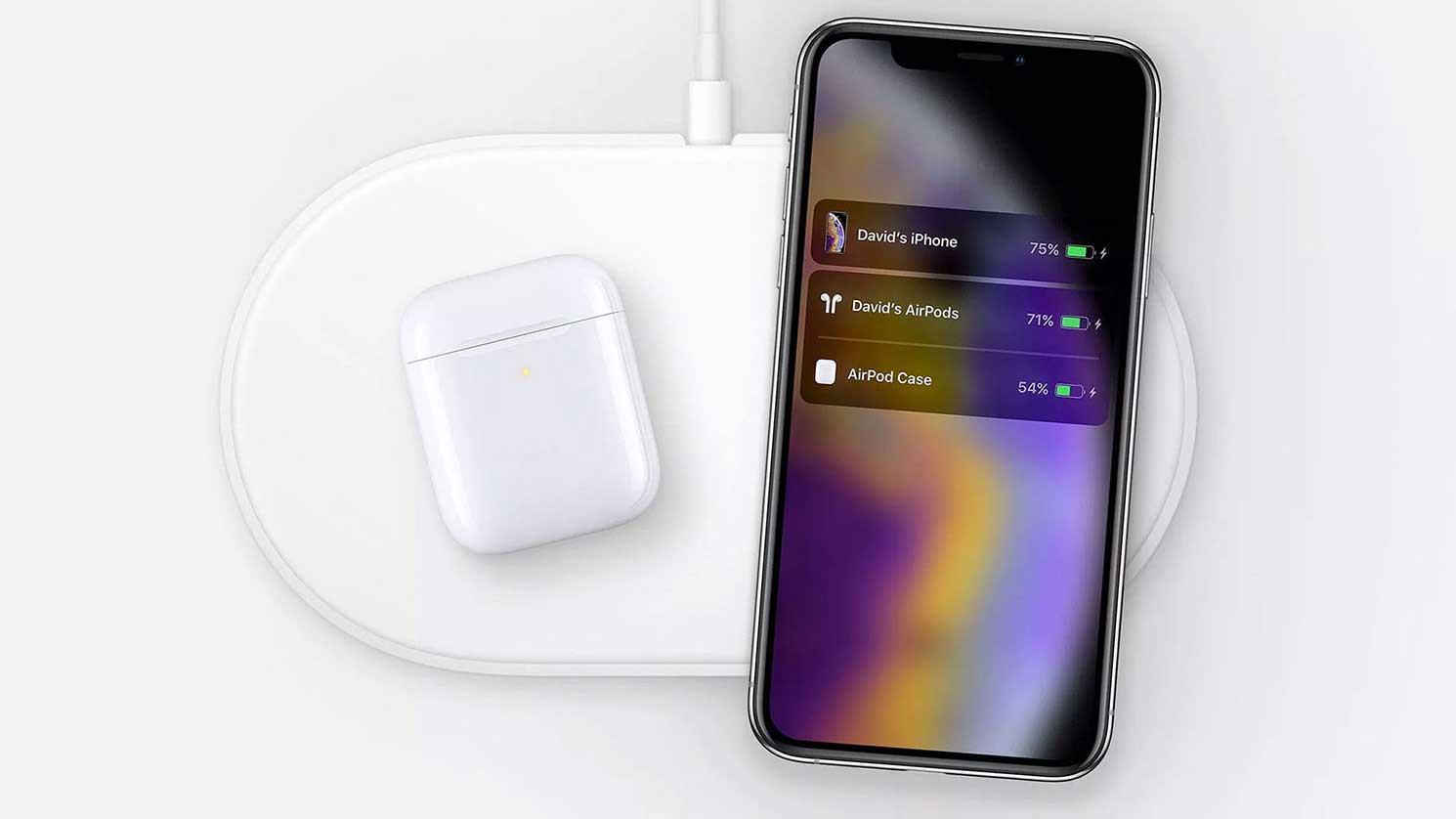
In 2017, wireless charging was slow and fiddly. If your device was not placed in exactly the right spot on its mat, it would charge more slowly than normal (or not at all). Apple wanted to fix that with AirPower, a mat that could charge three devices at once and allow them to be placed anywhere on the mat.
In the end, the project had to be cancelled. The problem was likely the inclusion of place-anywhere Apple Watch charging, which required different charging tech to that powering an iPhone. While Apple struggled with overheating issues, rivals released their own, less ambitious versions that omitted the Apple Watch element. In the end, AirPower was one Apple design that just couldn’t be realised in reality – at least not yet.
04. MacBook Air (2008)
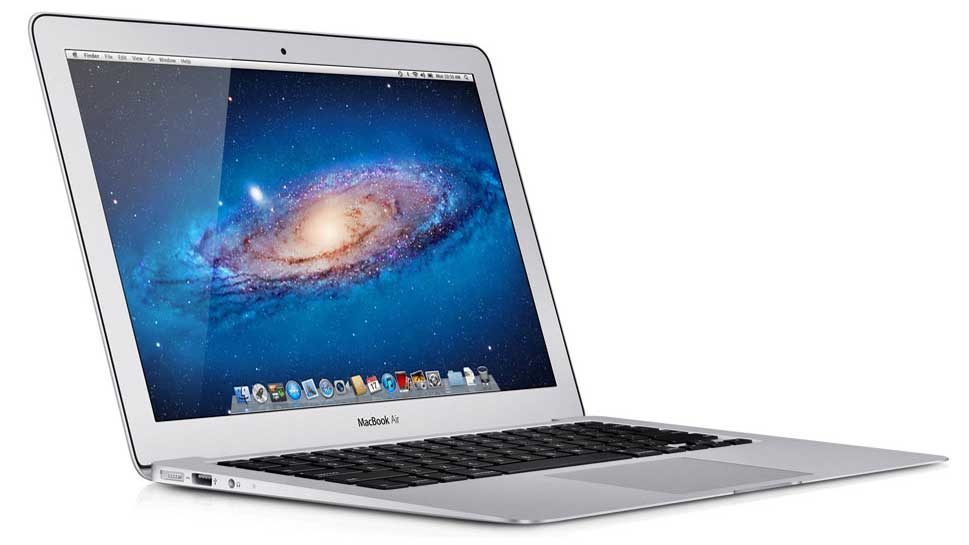
When Steve Jobs pulled the original MacBook Air out of a manilla envelope at the 2008 Macworld Expo, it quickly became one of the company’s most famous product reveals. Watch the event today (below) and you can hear the audience gasp as Jobs shows off the Air for the first time. It really was like no other laptop.
To illustrate quite how far ahead of everything else it was, Steve Jobs compared it to the Sony TZ series of “thin” laptops that were popular at the time. They were 0.8 inches at their slimmest point; the MacBook Air was 0.16 inches at its thinnest edge. In fact, its thickest side was 0.76 inches – less than the TZ’s thinnest point. The MacBook Air did not just leap ahead of its rivals – it crushed them.
Today, it's still competing with the MacBook Pro (see our MacBook Air M1 review to drool over the latest M1 model).
05. Thunderbolt (2011)
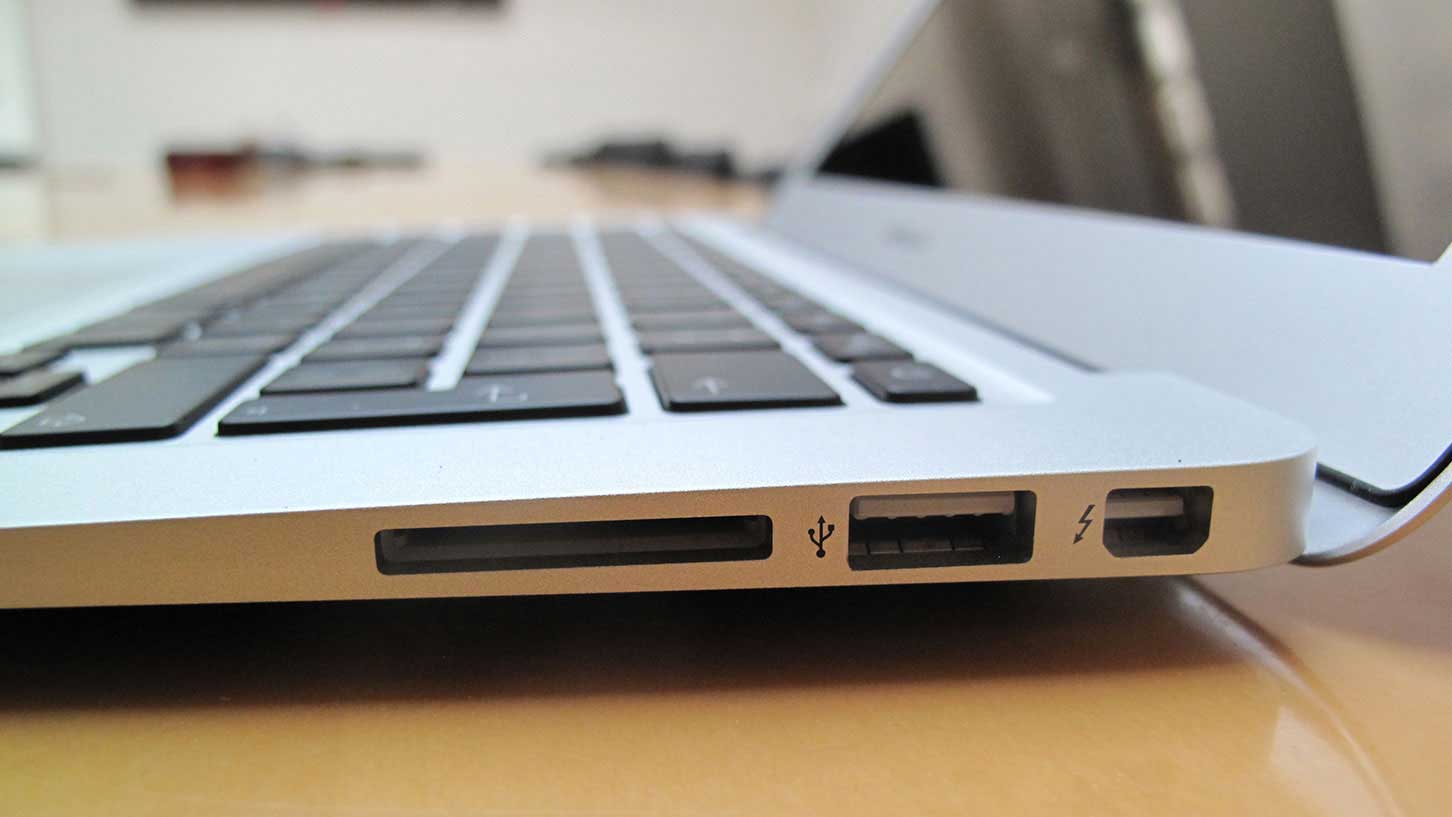
Apple has always been a keen supporter of fast computer interfaces. The original iMac was the first mainstream computer to support USB, while Apple helped develop the (then) high-speed FireWire connector. The same is true for Thunderbolt, which was a joint Intel and Apple design.
When the underlying tech was introduced in 2009, Intel claimed initial speeds of 10Gbps and promised 100Gbps in the final version. While that was never achieved, even the initial speeds were twice that of USB 3.0, which had made its debut the year before.
Yet it was expensive tech, and many laptop manufacturers decided users would be happier enough with the cheaper USB 3.0. Apple still pushes Thunderbolt in its Macs, but despite being way ahead of the competition, it has never been broadly adopted.
06. PowerBook (1991)
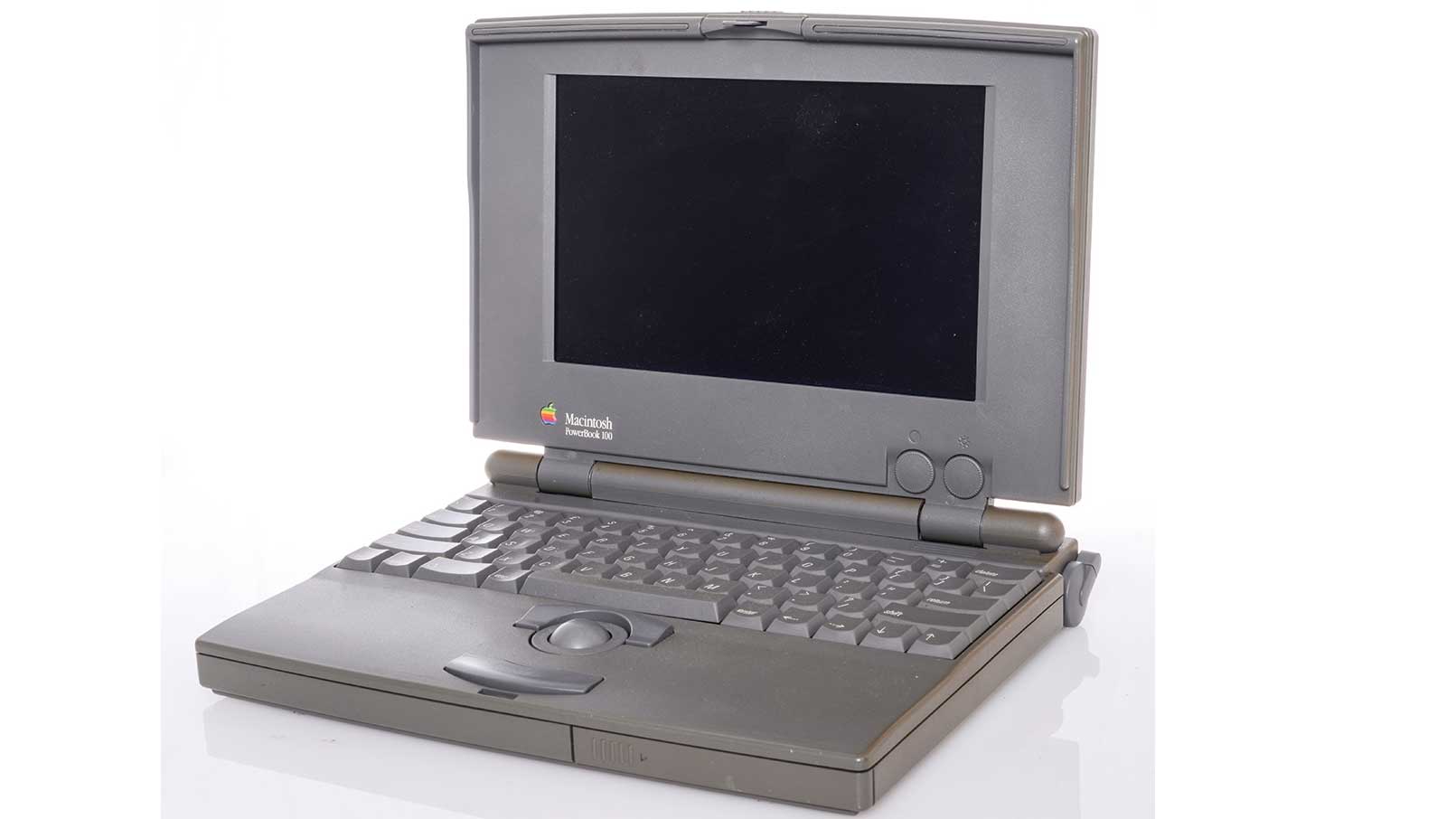
The Macintosh Portable of 1989 was Apple’s first laptop, but it was bulky and heavy and hardly deserving of the name Portable. The PowerBook of two years later, though, almost single-handedly defined what a modern laptop should be.
The Macintosh Portable pioneered the trackball, but the PowerBook made it much more usable, allowing space for palm rests on either side. This was a big innovation at the time and created the layout seen on almost every laptop today. It was lightweight, stylish, and capable – and sold like hot cakes.
Later PowerBook models were the first in the industry to include a trackpad, 16-bit stereo audio, and a built-in Ethernet adapter, cementing the range’s place as one of the most important computers in tech history.
07. Apple Lisa (1983)
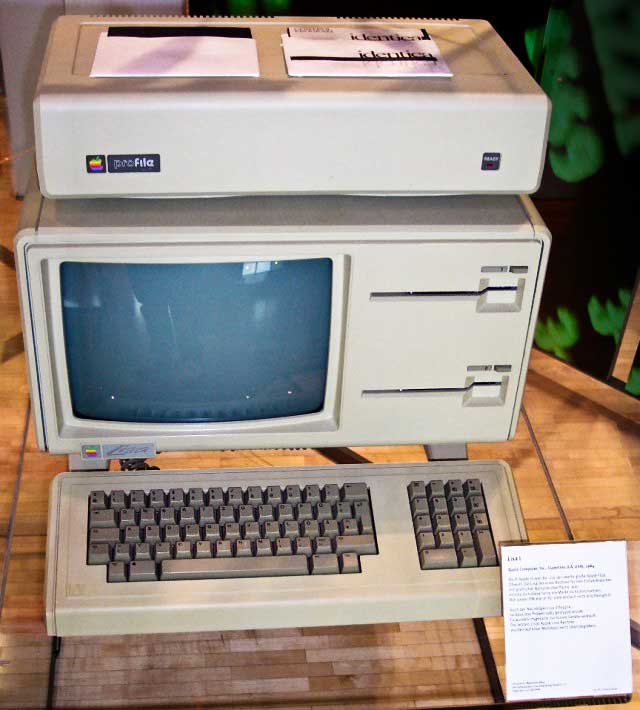
Named after Steve Jobs’ daughter, the Lisa was a marvel of its time. It came with a mouse, a graphical user interface, and could remember where desktop objects were placed. These seem trivial today, but were far out of reach of consumer machines at the time. It could even boot between multiple operating systems.
The problem was that having so many of these innovations on board pushed the price to astronomical heights – $9,995, or $26,000 today. It also meant sacrifices had to be made, and the Lisa shipped with a sluggish processor, a slow hard disk, and no graphics co-processor. A year later the Macintosh 128K launched with many of the same features for a fraction of the price, but it was the Lisa that paved the way.
Read more:
- 5 of Jony Ive's best ever designs, and 2 of his worst
- iPad model list: Your complete guide to the different iPads
- iPad Pro vs iPad Air: Which Apple tablet is right for you?

Thank you for reading 5 articles this month* Join now for unlimited access
Enjoy your first month for just £1 / $1 / €1
*Read 5 free articles per month without a subscription

Join now for unlimited access
Try first month for just £1 / $1 / €1

Alex Blake is a freelance tech journalist who writes for Creative Bloq, TechRadar, Digital Trends, and others. Before going freelance he was commissioning editor at MacFormat magazine, focusing on the world of Apple products. His interests include web design, typography, and video games.
